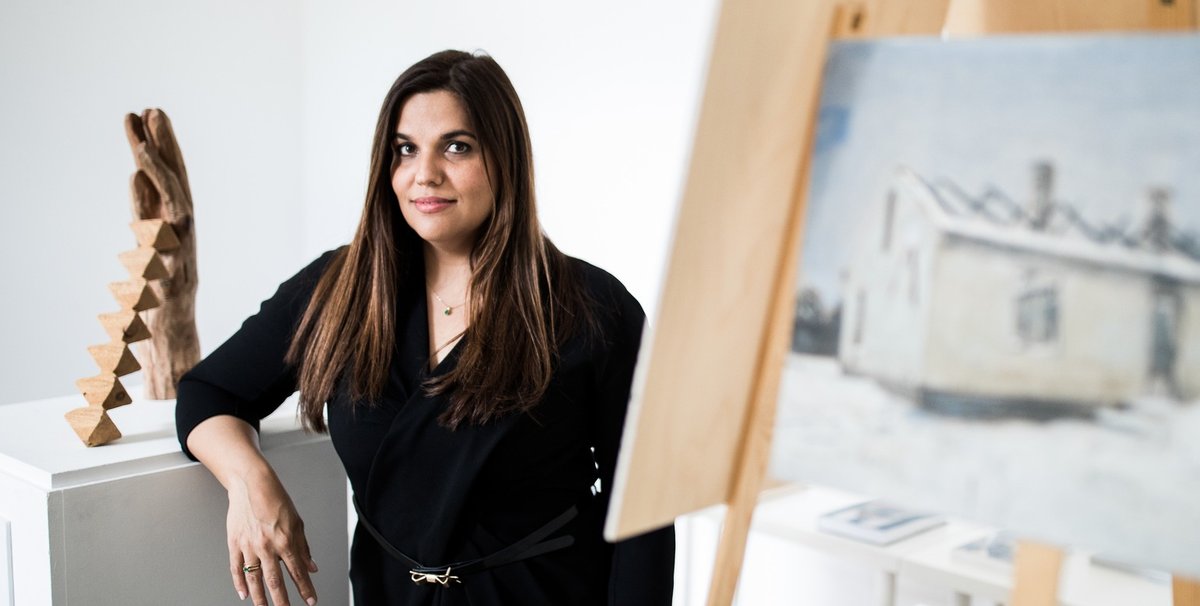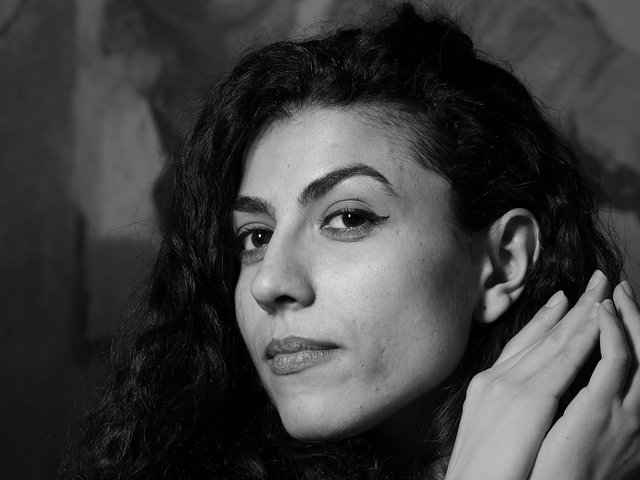With a population of around 12 million, the Roma are the largest minority in Europe. Yet they have never had their own cultural institution on the continent—until now. After decades of lobbying by artists and writers, the European Roma Institute for Arts and Culture (ERIAC) was launched at the German foreign ministry in Berlin today (8 June).
Tímea Junghaus, a leading Hungarian Roma artist who is heading up the institute, says the launch is particularly timely given the rise of far-right nationalism across Europe. “It is important those discussions are not given more power,” she says. “For the stability and prosperity of Europe, it is a basic condition that Roma people are recognised.”
The event was as much a diplomatic exercise as a cultural one—the institute is due to open its own building in central Berlin in September—but the launch was marked by an exhibition of Roma artists from eight countries. They include Tibor Balogh, the first Roma artist to have graduated from the Hungarian University of Fine Arts; Delaine Le Bas and her husband Damian Le Bas; and Erika Varga, the founder of Hungary’s first Roma design studio.
The show looks back to the previous generations of Roma intellectuals and artists who fought for the right for their art, history, and traditions to be celebrated. Currently only two Roma artists are represented in permanent collections in European museums. “Roma artists and writers only started to claim authorship in the late 1960s,” Junghaus explains.
A huge turning point came in 2007 when the Venice Biennale featured the first Roma pavilion. “It was a very important time in the Roma discourse. It was the first year theoreticians began to write about the economic and cultural aspects of Roma life through critical theory,” Junghaus says.
As well as covering Roma history, the exhibition looks positively to the future. “Roma are the avant-garde, we have a vision of a borderless Europe. And we have the knowledge to inspire Europe as a place for peace and freedom,” Junghaus says.
The institute has been backed by the Council of Europe and the Open Society Foundations, which has been a leading funder of Roma initiatives in Europe for more than three decades. “It will be a place to build a collection, a place for research and a place for the Roma community to claim our identity,” Junghaus says.



